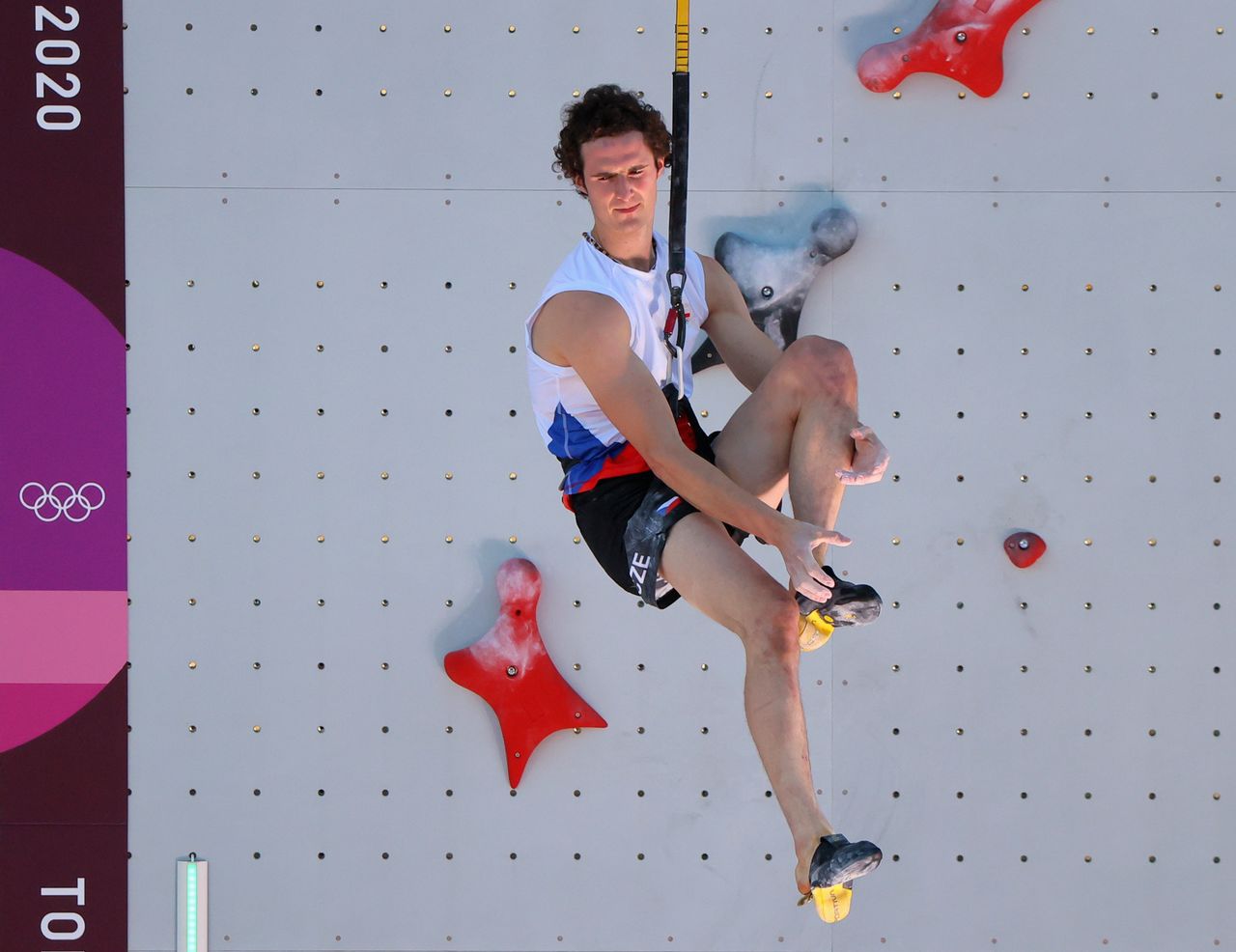The Rise of Sport Climbing in the Olympics: Sport Climbing Combined Olympics Google

Sport climbing, a discipline that combines strength, agility, and mental fortitude, has witnessed a remarkable journey to the Olympic stage. Its inclusion in the 2020 Tokyo Games marked a significant milestone, catapulting the sport to new heights of popularity and global recognition. This evolution can be attributed to a confluence of factors, including the sport’s inherent appeal, its growing international following, and a concerted effort by climbing enthusiasts and governing bodies to promote its inclusion in the world’s most prestigious sporting event.
The History of Sport Climbing
Sport climbing, as we know it today, emerged in the 1980s, with roots deeply embedded in the historical practice of rock climbing. Early climbers, driven by a passion for exploring and conquering natural rock formations, laid the foundation for the development of specialized techniques and equipment. This evolution paved the way for the emergence of sport climbing as a distinct discipline, characterized by its focus on pre-set routes on artificial walls, offering a controlled and accessible environment for climbers of all skill levels.
The Impact of the 2020 Tokyo Olympics
The 2020 Tokyo Olympics, despite being held in 2021 due to the COVID-19 pandemic, marked a pivotal moment in the history of sport climbing. The inclusion of the sport in the Games exposed it to a global audience, significantly boosting its popularity and attracting a new generation of climbers. The Games showcased the athleticism, technical prowess, and mental resilience required for success in sport climbing, capturing the imagination of viewers worldwide.
Factors Contributing to Sport Climbing’s Inclusion in the Olympics
Several key factors contributed to the inclusion of sport climbing in the Olympic Games:
- The sport’s growing global popularity: The increasing number of sport climbing competitions, gyms, and enthusiasts worldwide demonstrated the sport’s widespread appeal and potential for international growth.
- The sport’s inherent appeal: Sport climbing’s combination of physical and mental challenges, its focus on technical skill and strategic thinking, and its adaptability to different environments made it a compelling and engaging sport for both participants and spectators.
- The efforts of climbing enthusiasts and governing bodies: Dedicated individuals and organizations, such as the International Federation of Sport Climbing (IFSC), actively promoted sport climbing’s inclusion in the Olympics, highlighting its potential to contribute to the Games’ diversity and appeal.
Analyzing the Combined Format

The combined format in sport climbing is a captivating blend of three distinct disciplines: bouldering, lead climbing, and speed climbing. This unique format has revolutionized the sport, challenging athletes to excel in diverse climbing styles and showcasing a captivating spectacle for spectators.
The Three Disciplines of Sport Climbing, Sport climbing combined olympics google
The combined format incorporates three distinct disciplines, each demanding specific skills and athleticism.
- Bouldering: This discipline involves climbing short, challenging routes without ropes, relying on powerful movements and technical precision. Bouldering routes are typically set on a low, padded wall, minimizing the risk of falls. Athletes are judged on the number of problems they successfully complete and the difficulty of the problems attempted. The focus in bouldering is on strength, power, and dynamic movement.
- Lead Climbing: In lead climbing, athletes ascend a tall wall with ropes and quickdraws, placing protection as they climb. The climber leads the ascent, while a belayer manages the rope from below. The objective is to reach the highest point on the wall within a set time limit. Lead climbing emphasizes endurance, technique, and strategic route reading.
- Speed Climbing: Speed climbing is a thrilling test of pure speed and agility. Athletes race against the clock, climbing a pre-set route as quickly as possible. The route is typically a standardized 15-meter wall with holds that are spaced for fast climbing. Speed climbing demands explosive power, agility, and efficient movement.
Impact of the Combined Format on Athletes
The combined format demands versatility and adaptability from athletes.
- Training: Athletes must train across all three disciplines, developing a well-rounded skillset. This requires a balanced approach to training, incorporating strength, power, endurance, and speed development.
- Competition Strategy: Athletes must strategize their approach to each discipline, prioritizing their strengths and minimizing their weaknesses. For example, an athlete who excels in speed climbing might focus on maximizing their score in that discipline, while aiming for a respectable performance in the other two.
- Mental Toughness: The combined format demands mental resilience. Athletes must maintain focus and composure across multiple disciplines, adapting to different challenges and environments.
Comparison to Other Climbing Competitions
The combined format offers a unique perspective compared to traditional climbing competitions.
- Traditional Climbing Competitions: Typically focus on a single discipline, such as lead climbing or bouldering. This allows athletes to specialize in their chosen discipline, developing highly refined skills. However, it can limit the overall scope of the competition and the diversity of skills showcased.
- Advantages of the Combined Format: The combined format provides a more holistic view of climbing, showcasing the diverse range of skills and athleticism required in the sport. It also creates a more engaging and dynamic competition for spectators, offering a variety of disciplines to enjoy.
- Disadvantages of the Combined Format: The combined format can be challenging for athletes who specialize in a single discipline. It requires a broad skillset and can make it difficult for athletes to excel in all three disciplines. This can also lead to a more unpredictable competition, where athletes who excel in one discipline might not perform as well in others.
Sport climbing combined olympics google – You know, watching those climbers scale the walls in the Olympics got me thinking about chill vibes after a tough workout. Maybe a nice, comfy spot to relax, like one of those big man outdoor chairs for ultimate post-climb relaxation.
Speaking of Olympics, did you catch that crazy move on the final route? Totally next level!
So you’re checking out the gnarly moves in sport climbing at the Olympics, right? You know, those climbers are super strong, but after all that action, what’s better than kicking back in a comfy chair? Maybe a ikea poang leather chair would be perfect for watching the replays and soaking up the vibes.
And who knows, maybe that inspiration will get you out on the climbing wall yourself!